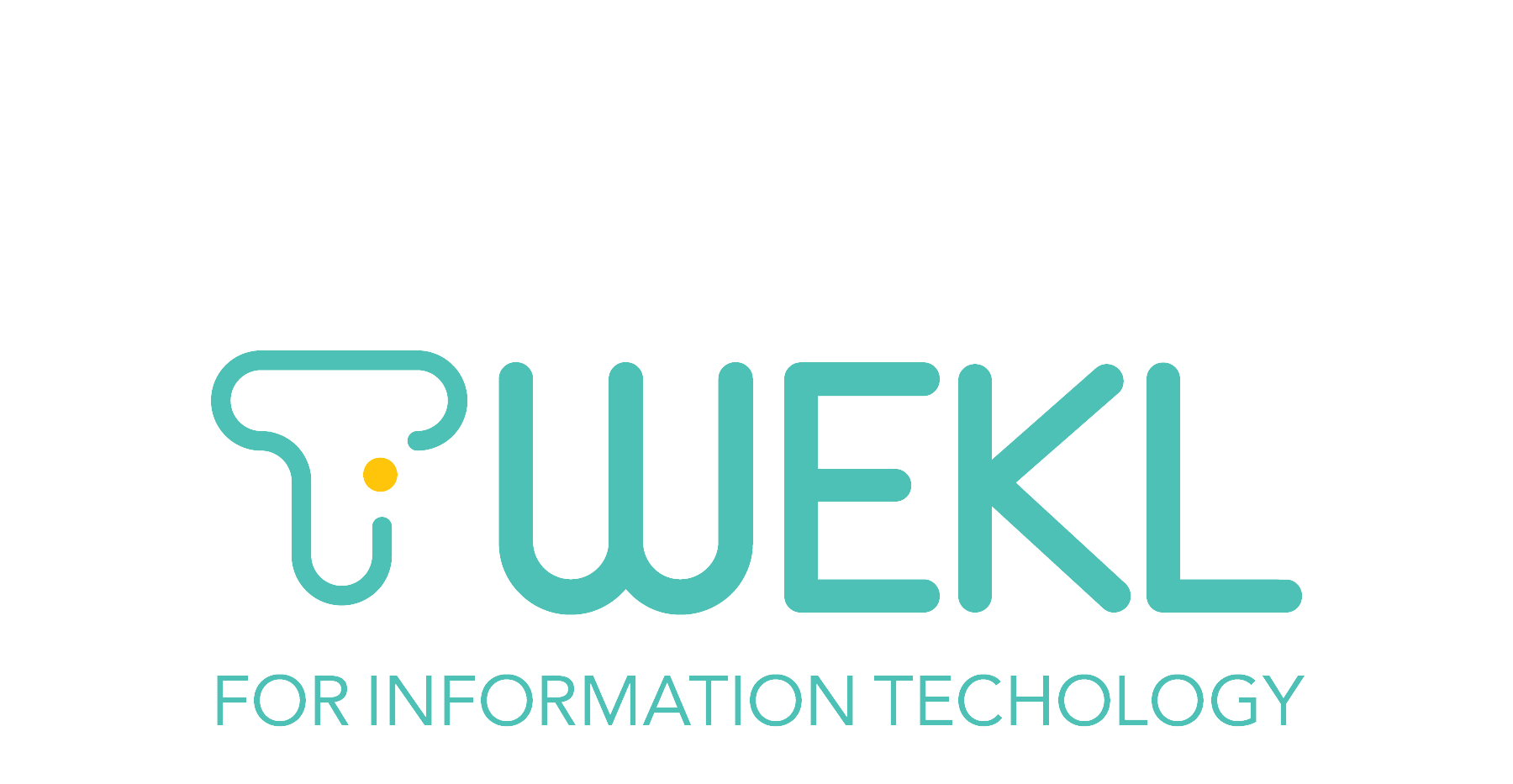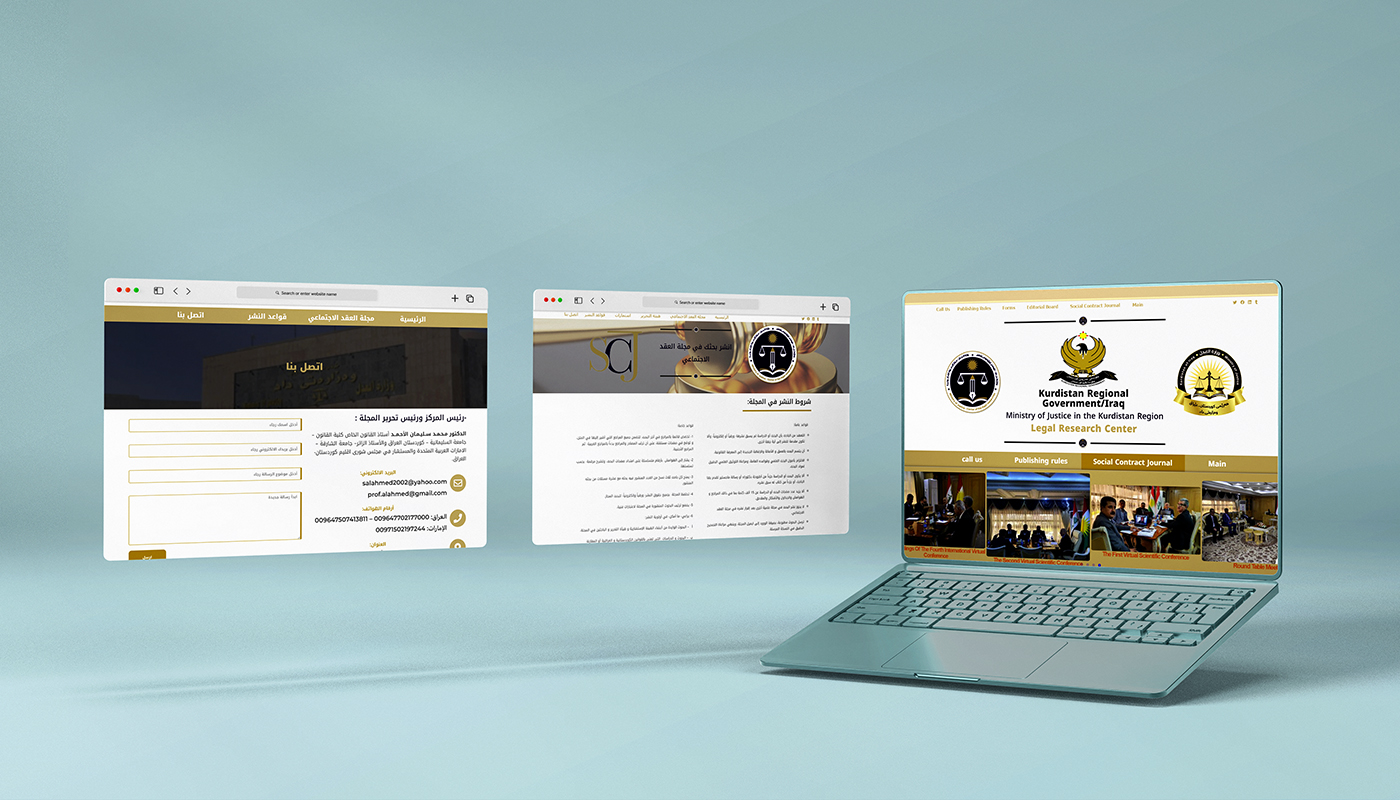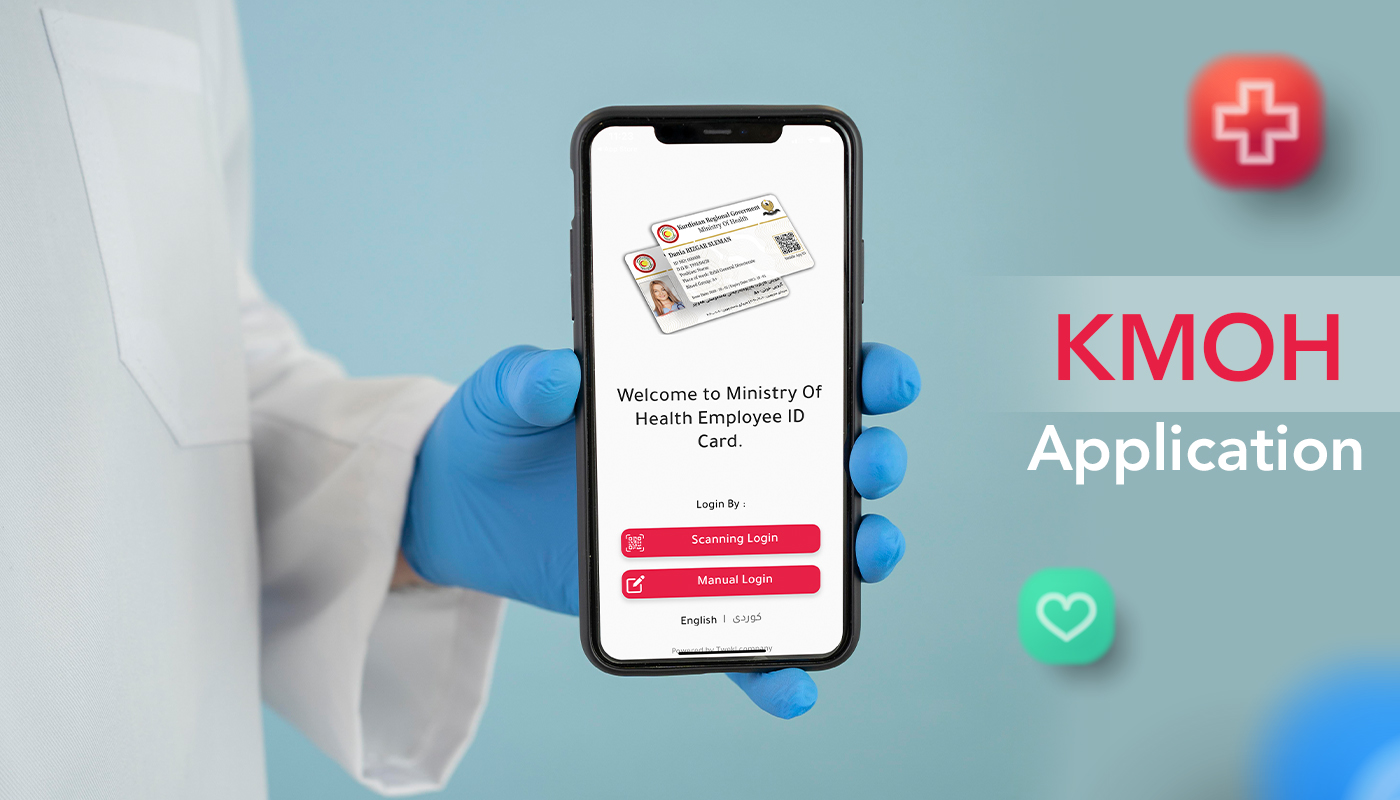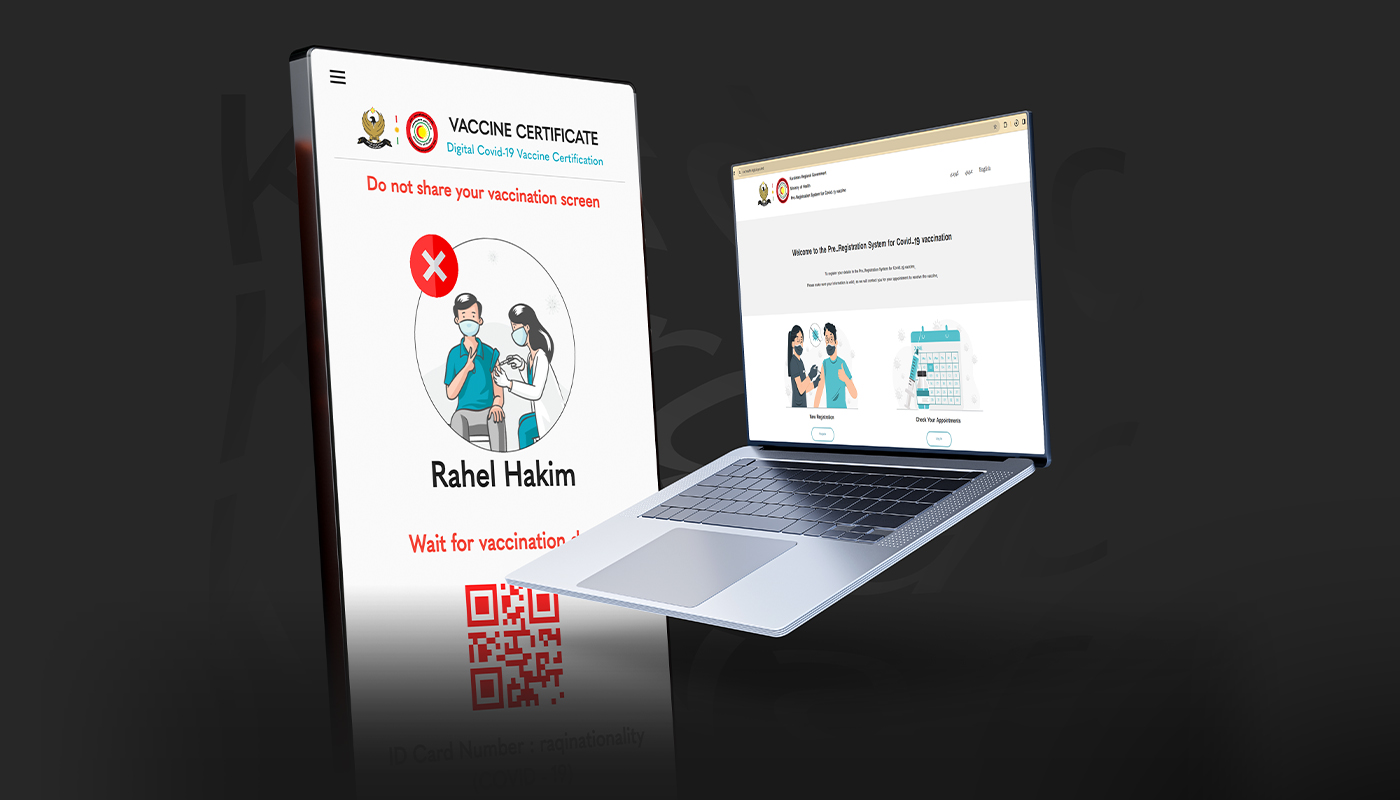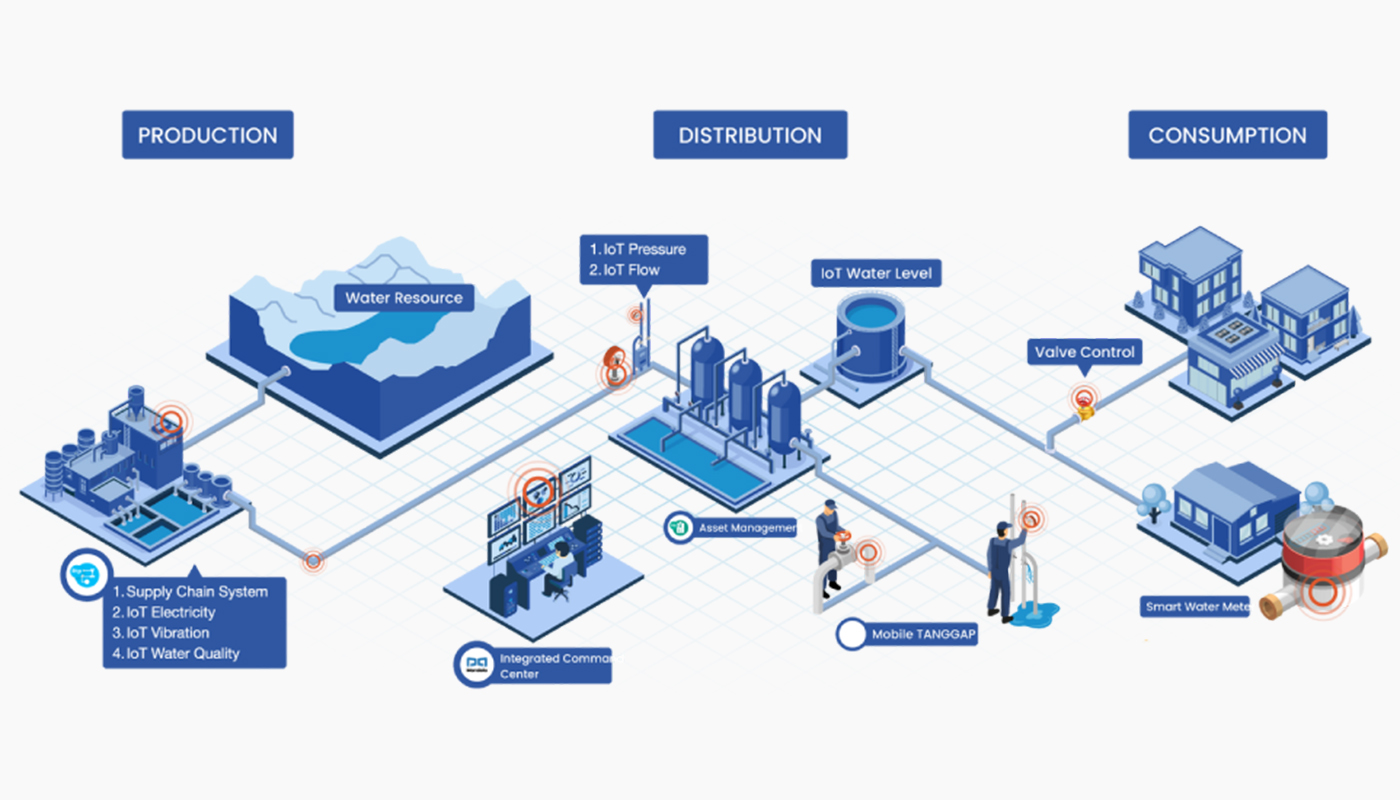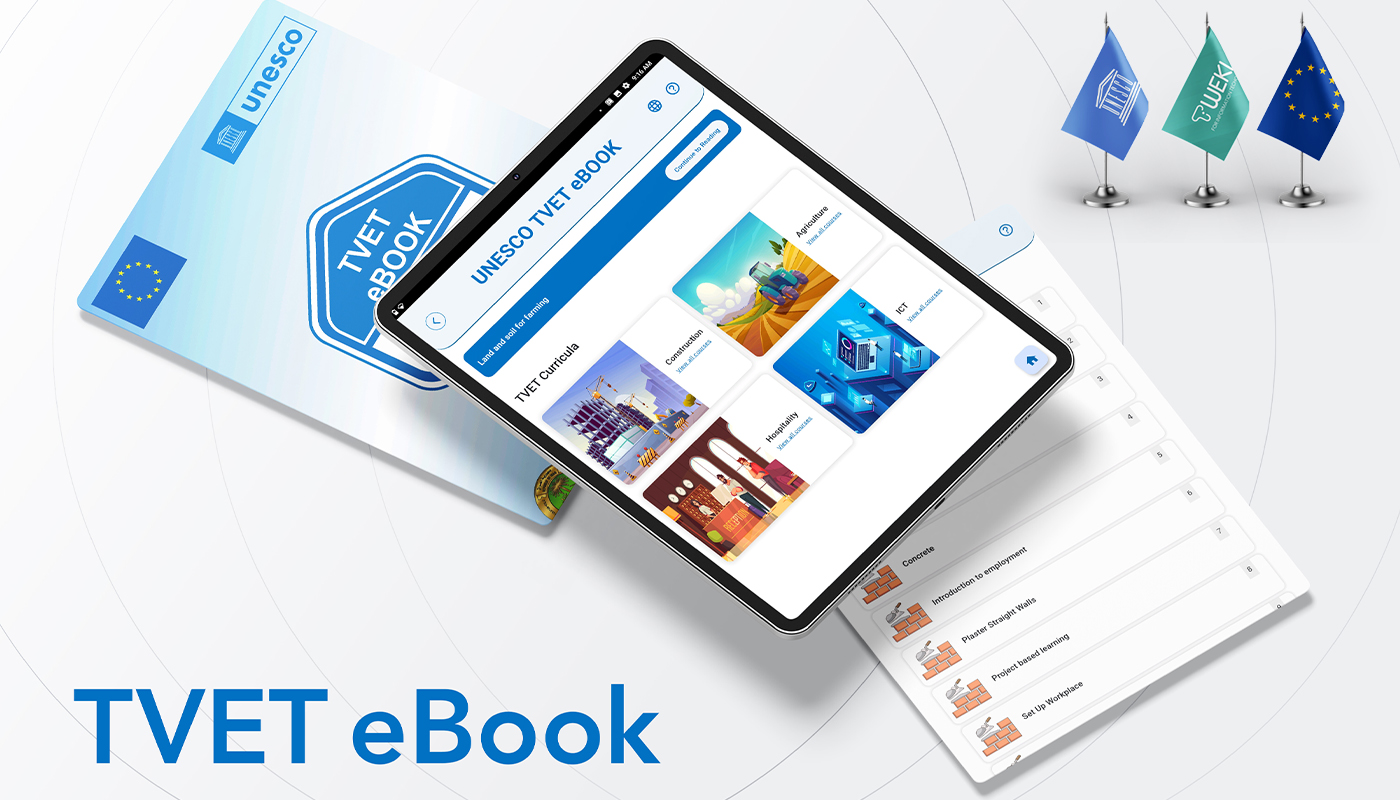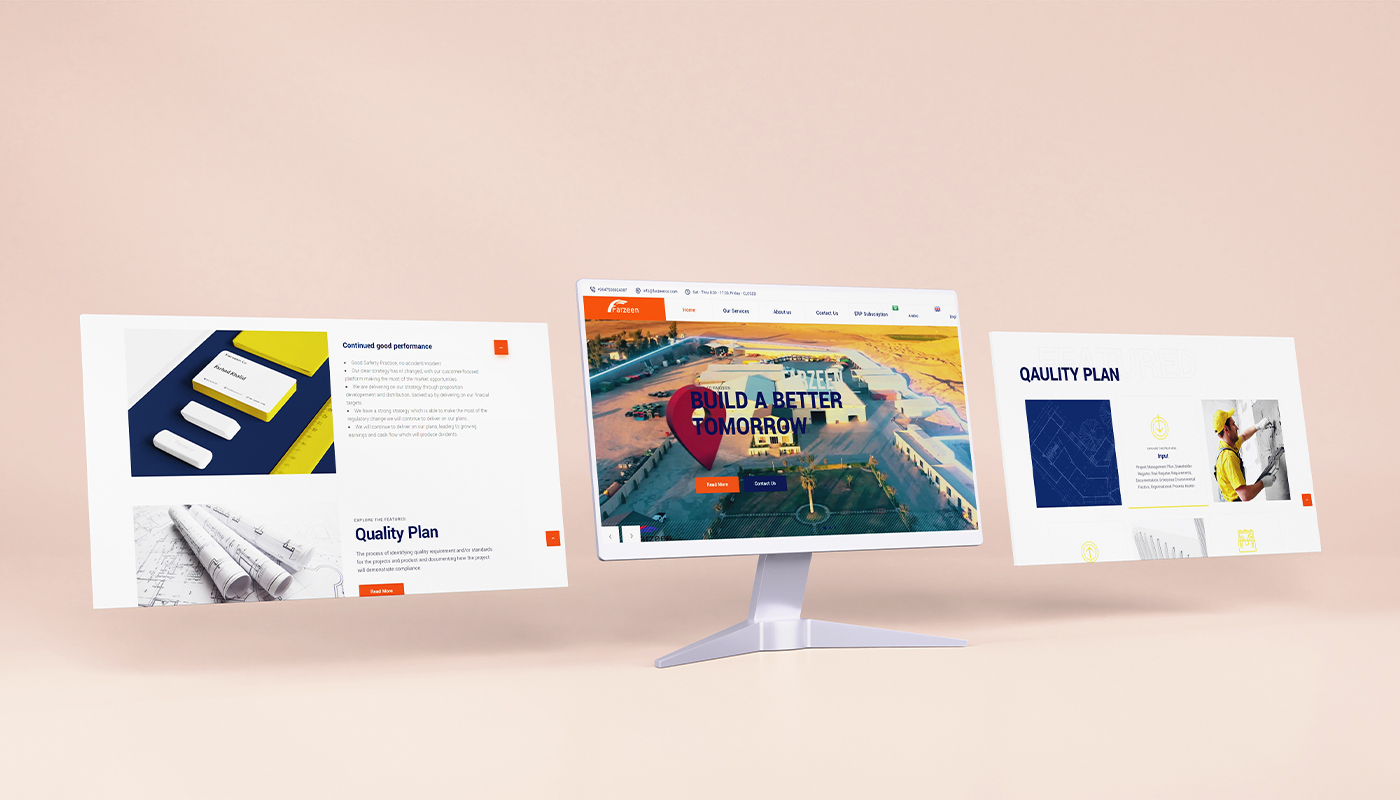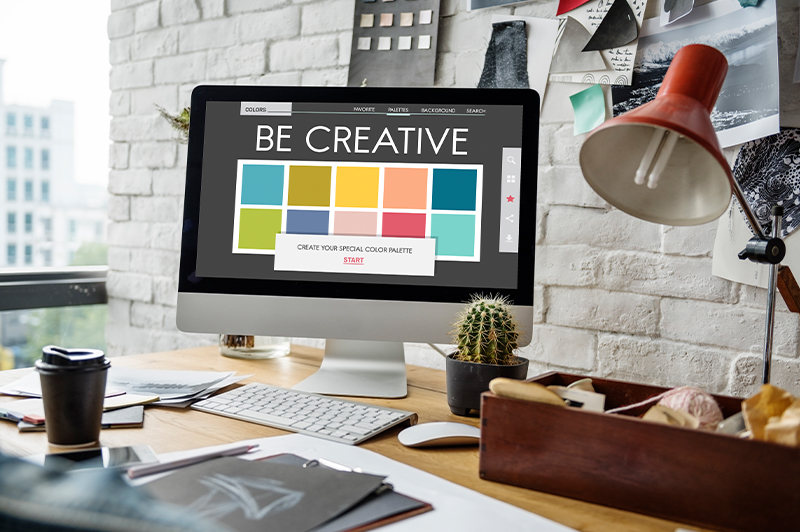
TWEKL design team helps innovators achieve business goals through exceptional design and data-driven consulting. Share your challenge, and we’ll bring the maximum value at any stage of your business. Sixty multidisciplinary and internationally recognized designers with experience gained on full-stack projects for startups, unicorns, and well-established enterprises will support you on your journey to success.
Consumers buy from brands they like and trust. They form an opinion about a company within the first 3 seconds of interacting with its product. It’s the brand elements like logo, design, content and tone that determine whether they trust your business or not. TWEKL creates brands that inspire trust, acquire new customers easily and increase the company’s value.
Companies use branding to represent their business mission and vision. That’s how branding identifies the unique product identity that distinguishes it from other products. Our digital branding services focus on building a customer brand experience which is impressive, memorable, and unique, but also suited for the exact purpose and target. Take advantage of our branding services to ensure that your company stands out from the competition, establishes trust, and drives more sales for your business.
What is branding?
To explain branding services, we first need to define the concept of the brand itself. A brand is the idea or image people have in mind when they think about your product, service, or any activity of your company. That idea can be based on real features (like ‘functional’ or ‘cost-effective’) or emotions (such as power or joy). That’s why the foundation of a brand is based not only on the product features but also the emotions it evokes in customers. The idea behind branding is to trigger these cues when consumers are exposed to the company name, logo, and other elements of its visual identity.
Key elements of branding
- Brand awareness
The target market which is aware of the existence of a specific brand or company. That metric helps marketers to quantify the trends in consumer knowledge of the brand. - Brand voice
This is the particular tone of voice used by a brand in all their marketing materials. A successful brand voice allows customers to recognize your content just by its voice, even if your logo doesn’t appear on it - Brand identity
All the visual aspects that make up the brand, including its name and visual style that power customer recognition and differentiates the brand from competitors. - Brand experience
The experience during which the brand is formulated in the minds of consumers. - Brand promise
It relates to the guarantee made by the brand to fulfill a specific customer expectation. - Brand architecture
The structure of a brand that helps to determine how to build and scale your brand (or multiple brands).
Why is branding important?
Branding can make a huge positive impact on a business. By building a strong brand, marketers can shape how consumers perceive the company,
drive new business, boost brand awareness, and build trust with consumers.
Here are some key benefits of branding for companies of all sizes:
- A strong brand sets you apart from the competition
Crafting a unique brand for your company is the first step to showing how your product, service, and business model differs from the rest. You need to stand out from competitors, and the best way to do that is by building a unique brand identity which is reflected in your every product, advertisement, content, and physical space (for example, retail store). - Your brand represents your promise
The promise you make to consumers is repeated consistently throughout your branding efforts. As a company, you’ve made a promise to customers that your product or service will fulfill their needs and desires. Branding helps to drive that message home and show customers that they can rely on you to always deliver on your promises. - Consistent and clear branding increases consumer loyalty
A strong brand helps to attract new people to your product and keep the existing customers happy and loyal to your product. Branding is critical for generating future business. A reliable and well-established brand will seem more attractive to consumers thanks to the social proof provided by the loyal customers who are willing to share brand recommendations with their family and friends. Strong branding and word-of-mouth marketing go hand in hand. - Having a strong brand helps to unite and motivate employees
Another advantage of branding is that strongly branded companies get to bring a unique value to their employees as well. A worker who identifies with the brand will be proud to contribute to your business and more satisfied with their job. Working for a recognized and reputable brand makes work more fulfilling for professionals looking to align their values with their employers. A branded office creates a sense of belonging to the company and serves as the foundation for team building.
Key elements of brand identity
Building a brand identity is part of a branding services package. Most of the time, brand identity will include the following elements:
- Logo
A graphic symbol, contrary to a logotype which is just the company or product name set in a specific, fixed visual way. A logo or logotype forms the core of brand identity and needs to visualize the unique character of your brand. - Illustrations
Companies are now using illustrations to represent brand value. Some businesses take another step and create brand illustration systems; collections of images with a cohesive mood and style that reflect the brand promise. - Typography
A collection of fonts to be used in printed and digital materials. Typefaces often come from the logo design. If the style of your logo is a little too decorative, don’t worry – skilled designers will find complementary typefaces you will throughout your marketing materials and internal documents (for example, PowerPoint presentations and proposals) to create a consistent brand identity. - Brandbook
A brand guideline is a set of rules about how to represent a brand across different channels. Brandbooks help companies to build consistency, credibility, and recognition. They always include visual guidelines (log, color palette, typography) and often cover the company mission, imagery, brand values, and usage examples. - Color palette
Colors used in the logo usually define the corporate color palette that will be used across all branded materials. A color palette can be based on no more than one or two colors, though some corporate color palettes are more complex. - Icons
Companies are now using illustrations to represent brand value. Some businesses take another step and create brand illustration systems; collections of images with a cohesive mood and style that reflect the brand promise. - Imagery
All brand imagery needs to have a consistent look and feel. Illustrations, art, and charts can be part of your brand imagery as well, but be sure to stay consistent. - Printed materials
All the corporate and marketing materials printed on paper, including business cards and corporate paper.
Build your branding identity with TWEKL
Designers at TWEKL will help you harness the benefits of a branding in your company

